What goes under a mattress? A guide to mattress bases
Everything you need to know about what to put under your mattress
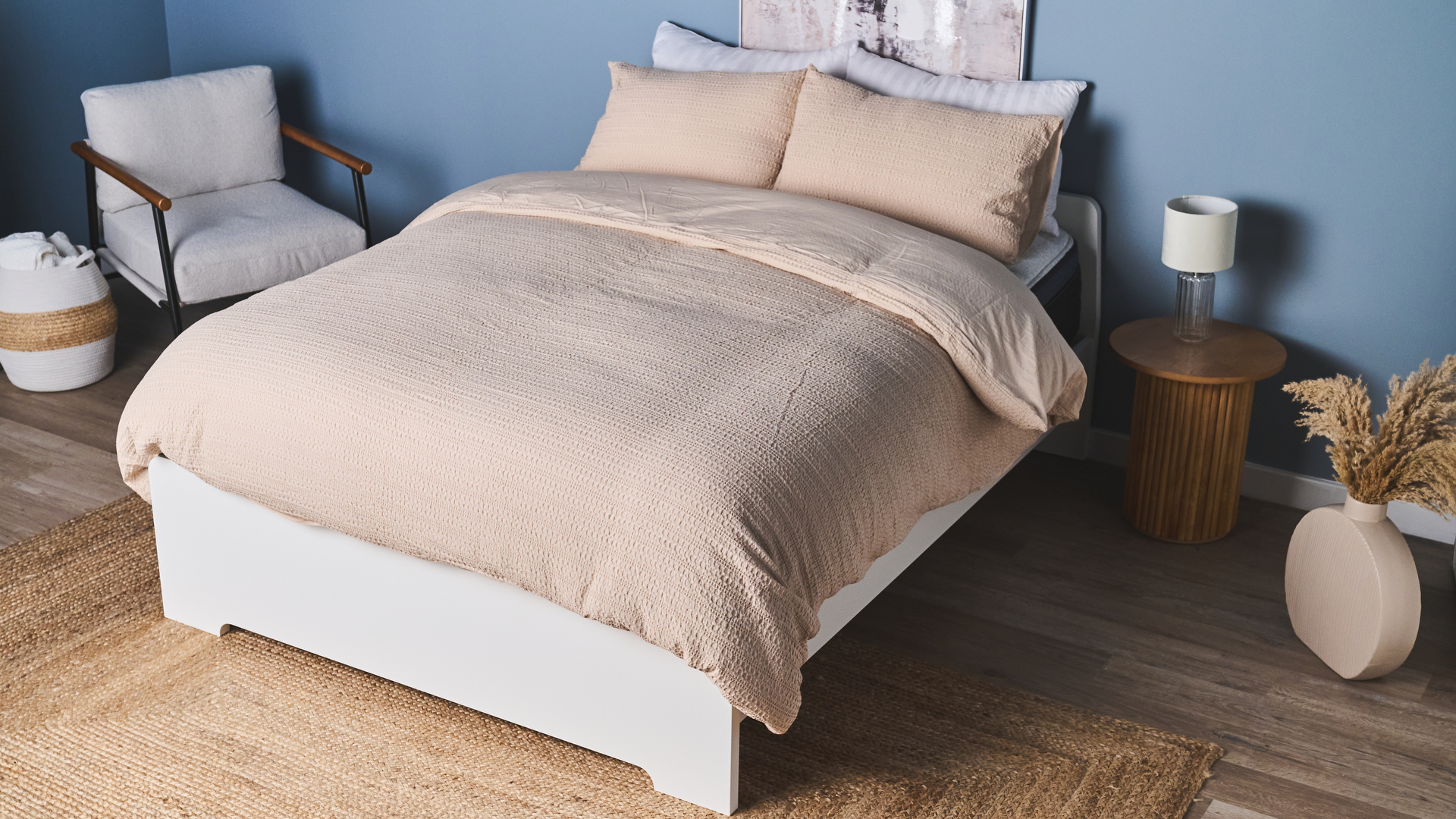
When building a comfortable and supportive sleep setup, the best mattress requires a suitable bed base. However, with so many bases and foundations to choose from, picking the right thing to go under your mattress can get complicated.
A compatible bed base can increase the overall durability of your mattress, as well as adding stability and height. But different bed bases have their own advantages – and not every bed base is suitable for every mattress.
In this guide we'll explore each type of bed base, from box springs to bunkie bases, foundations to platform beds. We'll look at their advantages, disadvantages, and mattress compatibility, and provide some tips on choosing the right base to go under your mattress.
Do you need to put something under a mattress?
It is important to put something under your mattress, as this can increase the overall durability of your bed. The right base offers firm and even support for the mattress materials, as well as increasing airflow to allow moisture and allergens to dissipate. A bed base also adds height to your mattress, making it easier to get in and out of bed.
What goes under a mattress?
1. Box spring
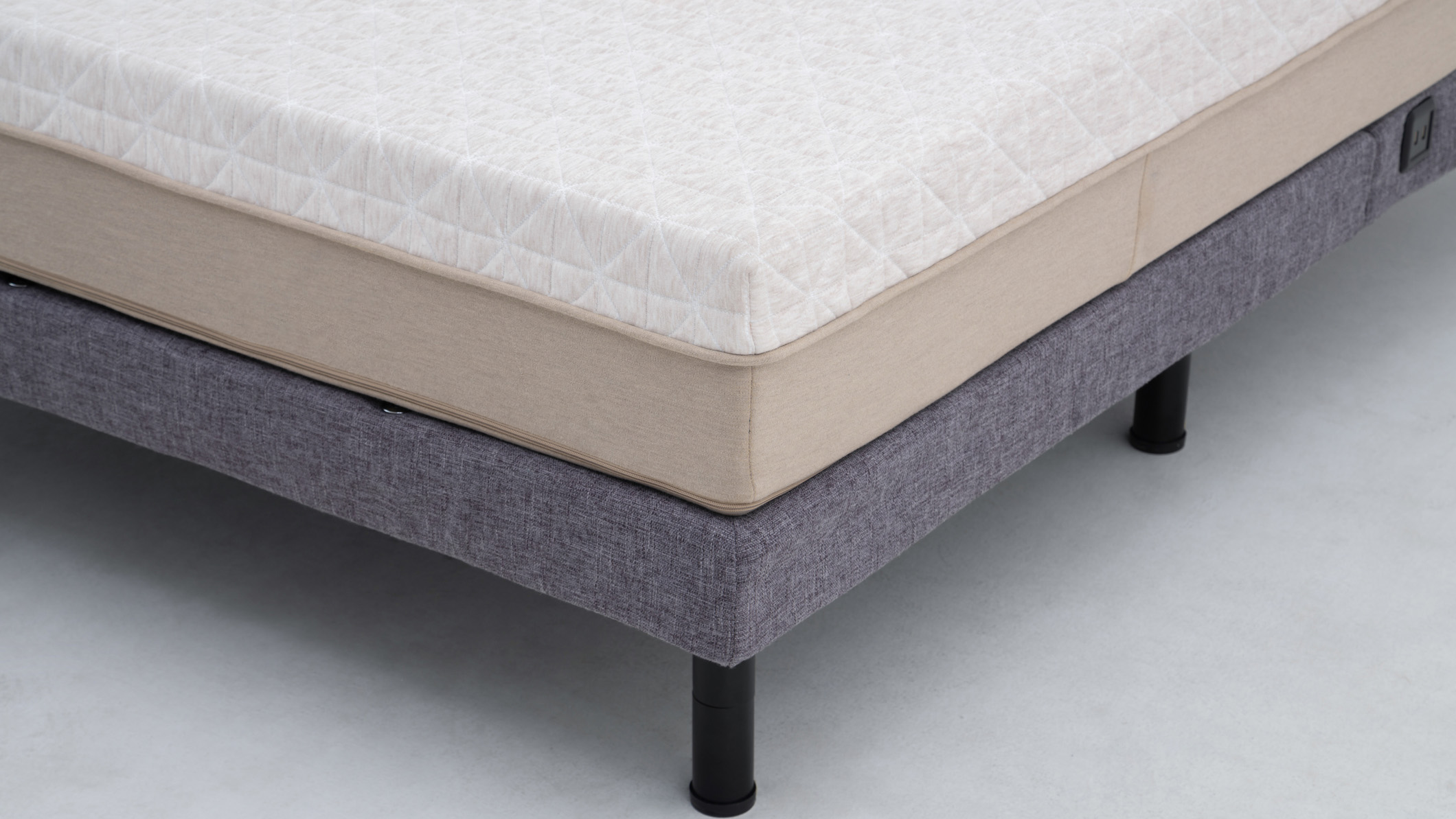
- Compatible with innerspring mattress
- Adds bounce and height while absorbing shock
- Not compatible with hybrid, latex, and all-foam mattresses
A box spring is a traditional mattress base, consisting of a metal or wooden frame filled with springs, and wrapped in fabric. Box springs are available in a range of depths and are used with coil-based innerspring mattresses. A box spring can add height to a thinner innerspring, provide a stable base, and absorb shock from sudden movement.
However, hybrid, latex, and all-foam mattresses are typically not compatible with a box spring. These mattresses are generally too heavy for a box spring, and as they already contain shock absorbing materials, the box spring isn't necessary.
2. Mattress foundation
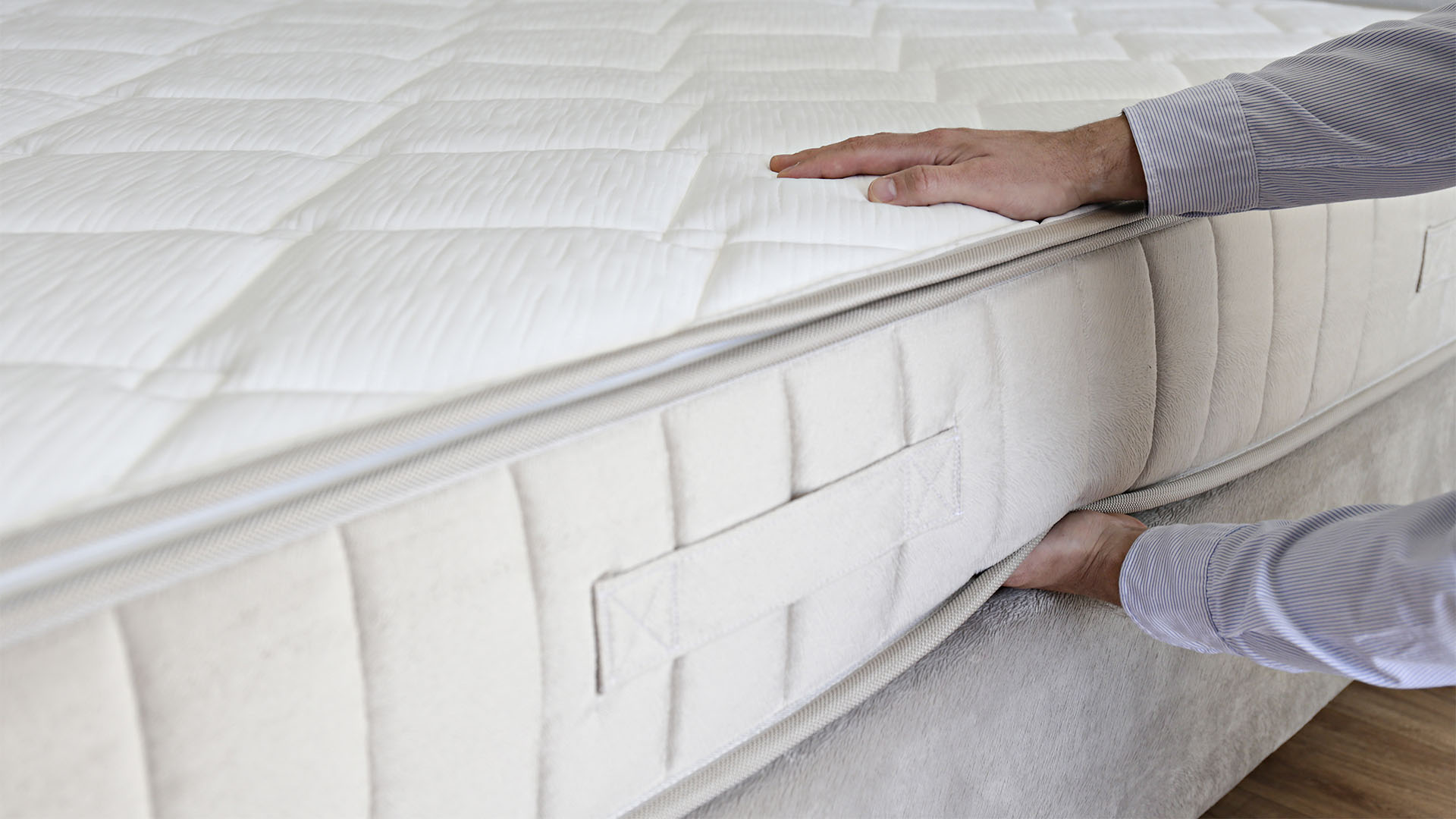
- Compatible with hybrid, memory foam, and latex mattresses
- Adds a firm and stable support to the bed
- Spaced slats allow for good airflow and better breathability
A mattress foundation is a wooden or metal base wrapped in fabric and fitted with wooden slats. It's similar to a box spring, but slatted instead of sprung. Mattress foundations are more versatile than box springs, as they're compatible with all type of mattresses. You can learn more about the differences in our guide to mattress foundations vs box springs.
Sign up to get the BEST of Tom's Guide direct to your inbox.
Get instant access to breaking news, the hottest reviews, great deals and helpful tips.
Mattress foundations provide a firm and stable support for your mattress. The slats are spaced to allow air to circulate, making foundations a breathable bed base. Many mattress foundations come with legs, but others are designed to be used with wooden or metal bed frames.
3. Platform bed frame
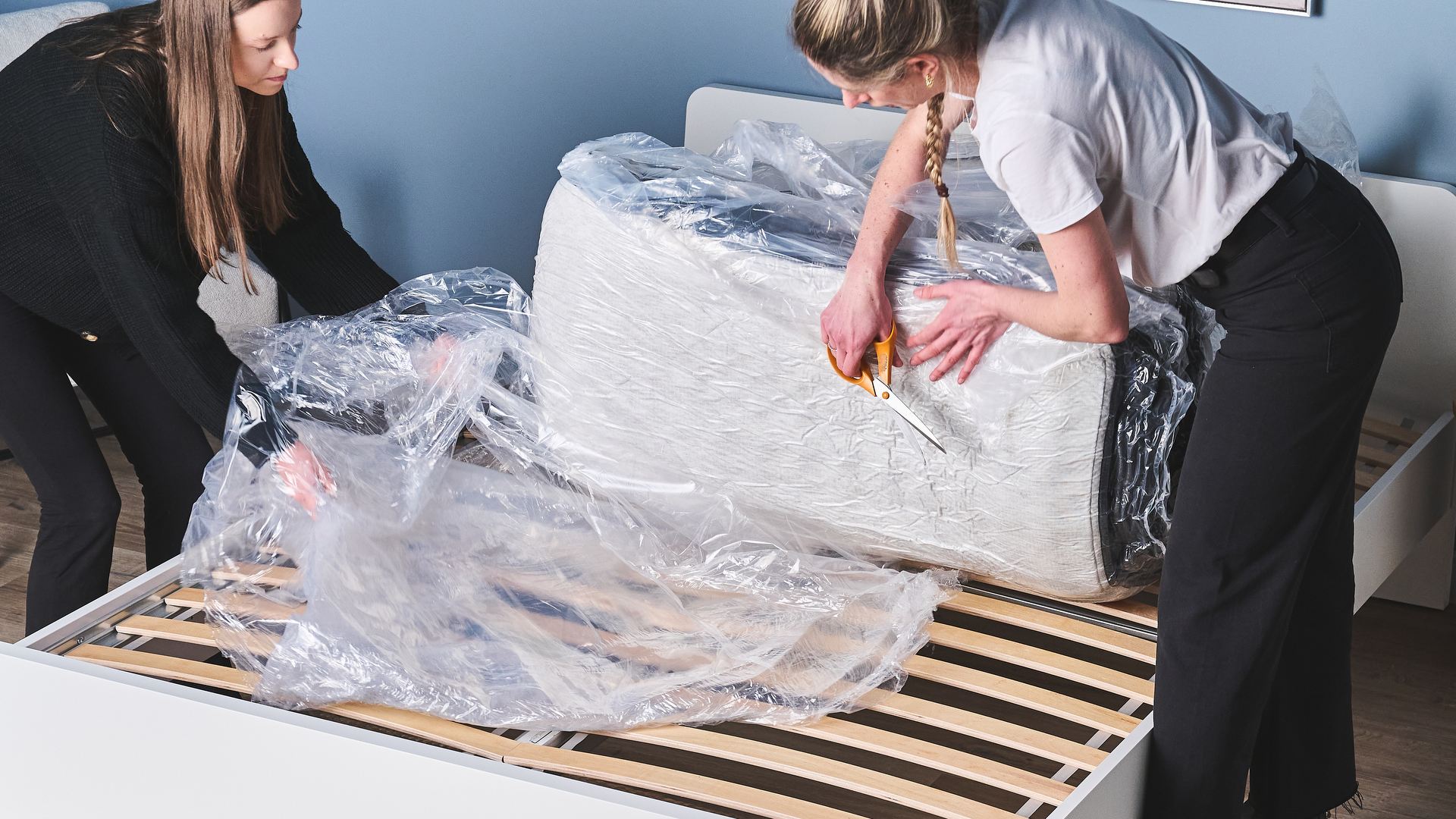
- Compatible with hybrid, latex, and all-foam mattresses
- Adds support and height without the need for a foundation or box spring
- Durable and versatile design
A platform bed consists of a metal frame with wooden slats. Platform bed bases provide support and elevation without the need of a box spring or foundation. They're compatible with hybrid, all-foam, and latex mattresses.
Platform bed bases are versatile and practical, available in many different styles, often featuring integrated storage. However, platform beds can be lower to the ground than a foundation and base, which might be an issue for those with limited mobility. For more information, check out out our guide to box springs vs platform beds.
4. Adjustable base
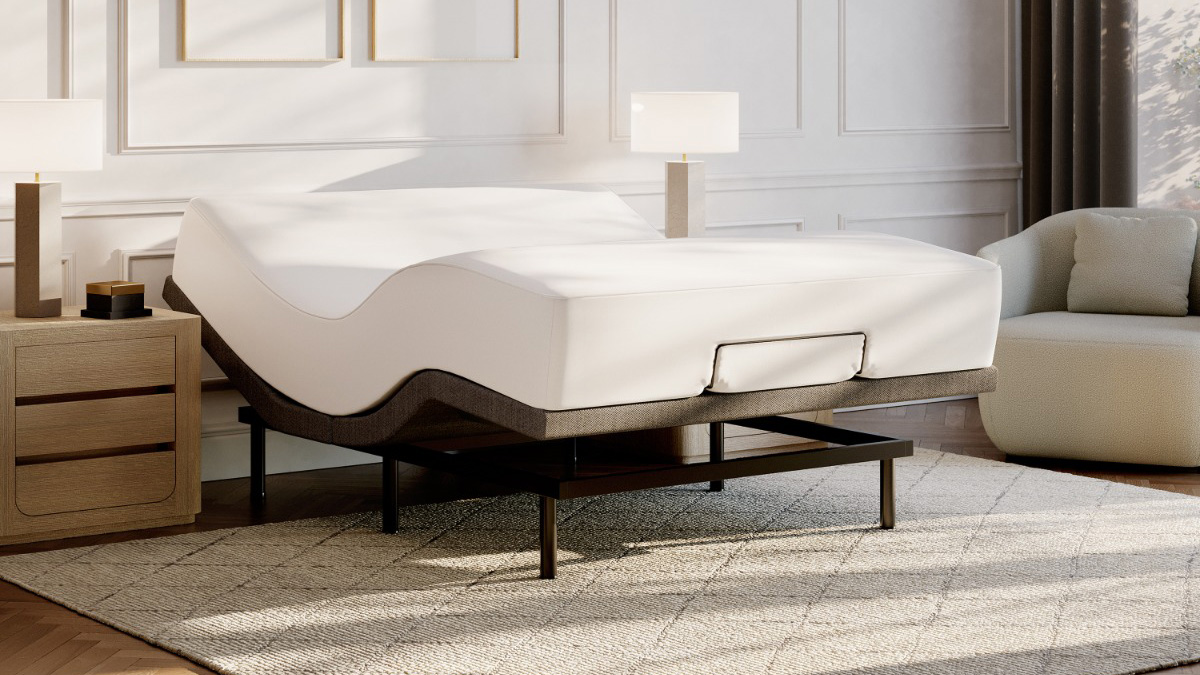
- Adjustable bases have head and feet elevation
- Compatible with all-foam, latex, and (most) hybrid mattresses
- Good for relieving pain, sleep apnea, and indigestion
Adjustable bed bases allow you to raise the head and feet of the base to customize your sleep position. Just a press of the button and you can change the angle you're resting at. This can help limit aches and pains (especially if the adjustable base allows for zero gravity position, like the DreamCloud Adjustable Bed Frame), and can also help with sleep apnea and indigestion.
Adjustable bases are compatible with all-foam and latex mattresses, plus most hybrids. But before investing in an adjustable bed frame, double-check if your hybrid can be used with this type of base.
5. Bunkie board
- Short bed frames that offer limited elevation
- Adds airflow and support vs putting your mattress on the floor
Bunkie boards are a low-profile base for your mattress. They raise the bed just a few inches of the floor, so they're often used in conjunction with a box spring or a foundation, or on top of a platform bed.
Bunkie beds are often made of wooden boards or slats covered in fabric. If you want your mattress as low to the ground as possible, a bunkie board increases airflow and support – a compromise between a bed frame and a mattress on the floor.
6. Metal bed frame
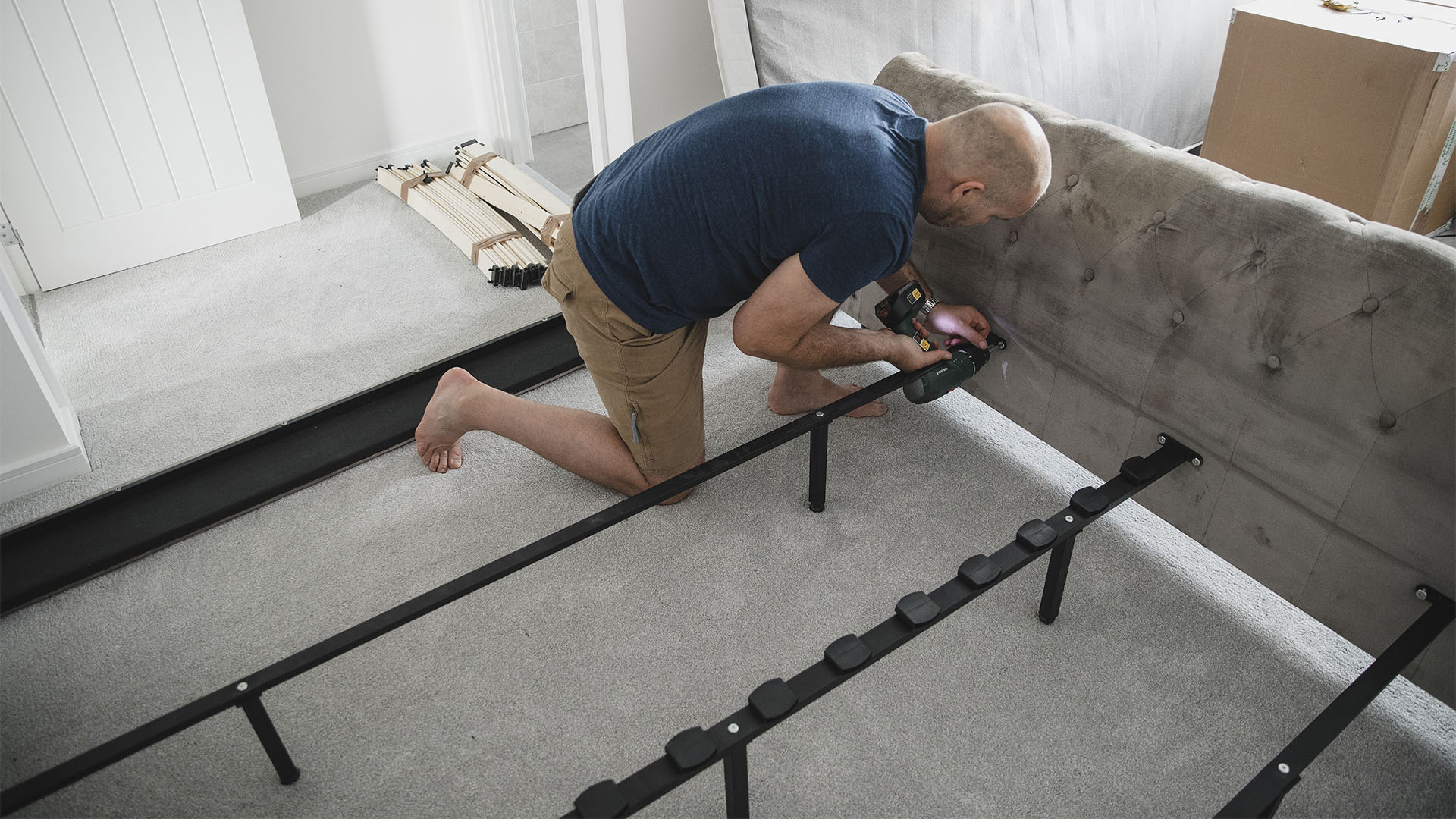
- A simple bed frame that adds support and elevation
- Compatible with all mattress types (with a foundation or box spring)
A metal bed frame is a simple bed base often made from stainless steel or brass. Highly durable and incredibly sturdy, a metal frame is compatible with all types of mattresses, provided you have a suitable foundation or box spring. Because a metal bed frame is so strong, they're often a good choice for heavier beds, including the best mattresses for bigger bodies.
7. Wooden bed frame
- A simple bed frame that adds support and elevation
- Compatible with all mattress types (with a foundation or box spring)
Wooden bed frames are a wood alternative to metal bed frames for people who prefer a natural aesthetic. Like metal bed frames, they can be used with any mattress type if you have a compatible box spring or mattress foundation.
8. Tatami mat
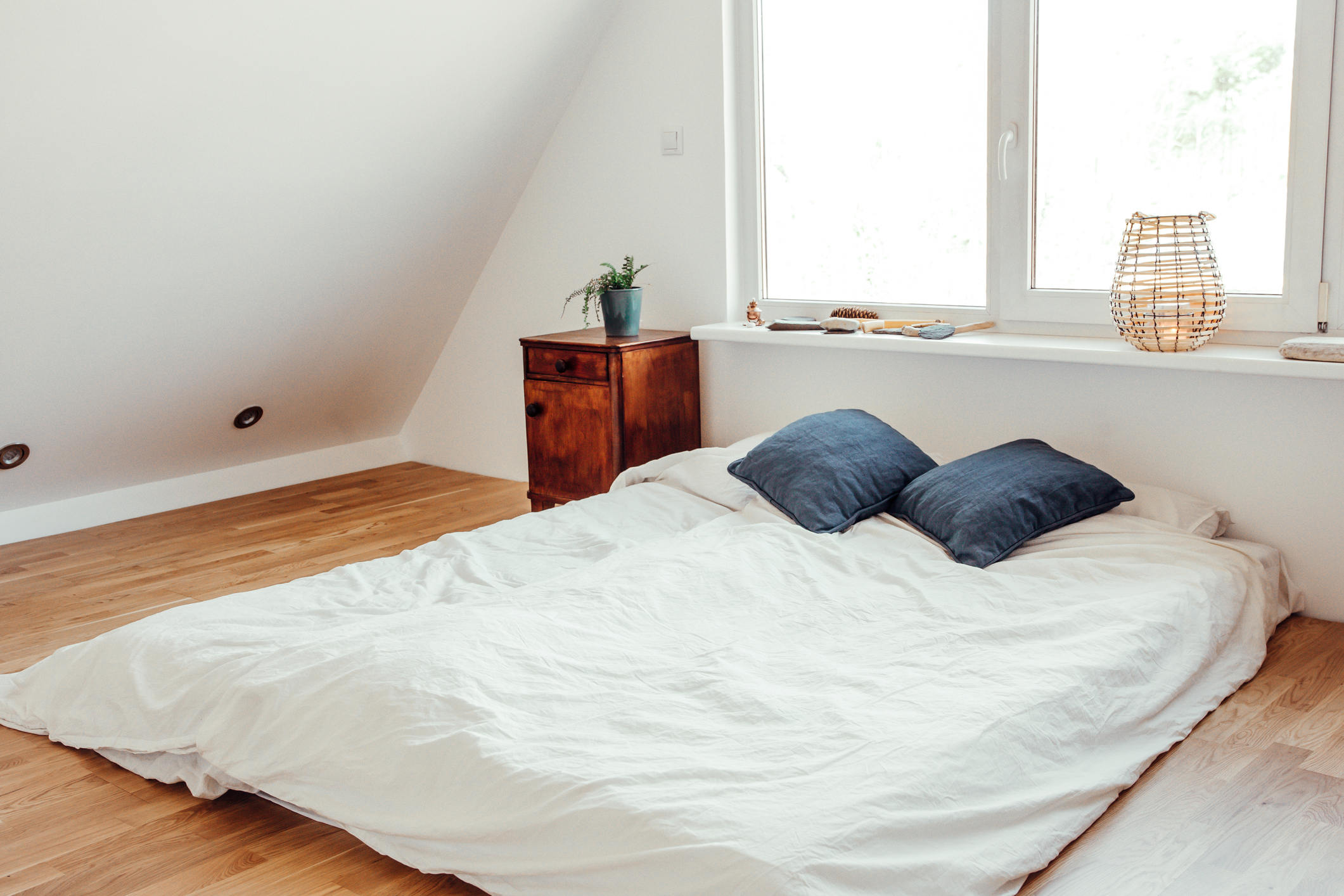
- A thin mat that acts as a barrier between your mattress and the floor
Tatami mats are a traditional floor covering used with Japanese floor mattresses. A tatami mat can be used if you want to put your mattress on the floor safely, as it helps prevent a build up of mold, mildew, and other allergens. We don't generally recommend putting your mattress on the floor, but if you do, make sure to use a tatami mat or bunkie board.
What to consider when buying a mattress base
There are many supportive options that go under a mattress, and choosing the right one can help increase the longevity of your bed. When deciding what to put under your mattress, there are several factors to consider:
Mattress type
The first consideration when choosing a bed frame is mattress type compatibility. If you have an innerspring mattress, it can be used with a box spring. However, if you have a hybrid or foam mattress, you'll need a stronger base support, like a foundation or a platform bed.
Height
Bed bases raise the mattress off the ground, so consider how tall you want your bed to be. Choose a comfortable height that is easy to get in and out of. Don't forget to factor in the thickness of your mattress. A luxurious 14-inch mattress won't need as tall a base as a thinner 10-inch mattress.
Cost
There are bed bases to suit every budget, ranging from incredibly simple bunkie boards to complex adjustable designs. Some bed bases can last longer than the mattress placed on it, so if you want to get the most for your money, choose a versatile base.
Feel
A sturdy platform bed will add a stable support to your mattress, while a coil-based box spring brings some bounce. Think about breathability as well – a slatted bed frame has better airflow than a solid board, assisting with temperature regulation.
Look
Finally, consider the aesthetic appeal of your bed frame. Platform beds, metal bed frames, and wooden bed frames are versatile choices, while a bunkie bed can give your room a minimalist look.

Ruth is a staff writer at Tom’s Guide, covering all things mattress and sleep. She has a deep interest in the link between sleep and health, and has tried enough mattresses to know the right bed really can make a difference to your wellbeing. At Tom’s Guide she writes to help people sleep better, from how-tos to the latest deals to mattress reviews, and has interviewed an array of specialists who share her passion. Before joining the team at Tom’s Guide, Ruth worked as a sleep and mattress writer for our sister website, TechRadar.
